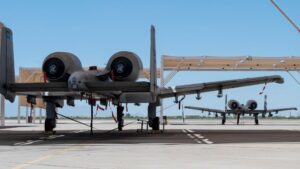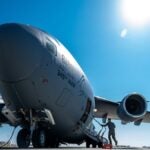
U.S. Air Force Secretary Frank Kendall and Air Force Chief of Staff Gen. Charles Q. Brown--President Biden's nominee to become the new Chairman of the Joint Chiefs of Staff--have lauded the Close Air Support (CAS) provided by the A-10 Thunderbolt over the years in conflicts in Iraq and Afghanistan but have said that the service will need to retire the nine A-10 squadrons by 2029 to add fighter squadrons of Lockheed Martin [LMT] F-35As and Boeing [BA] F-15EXs to help…














